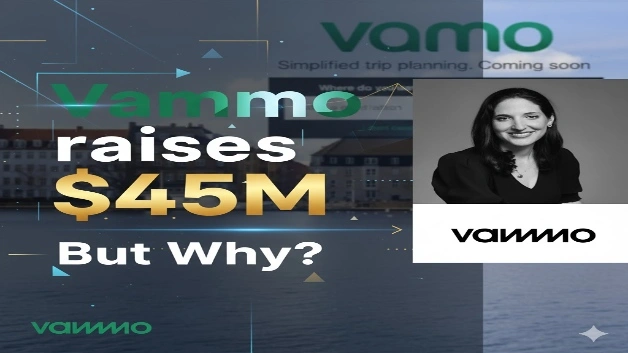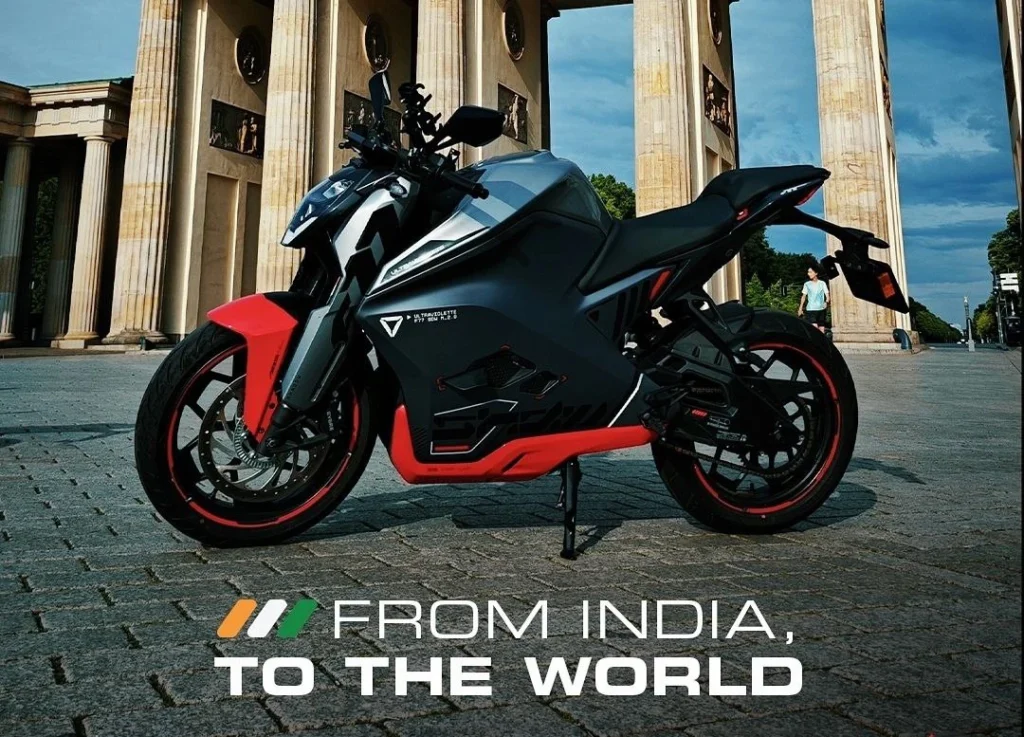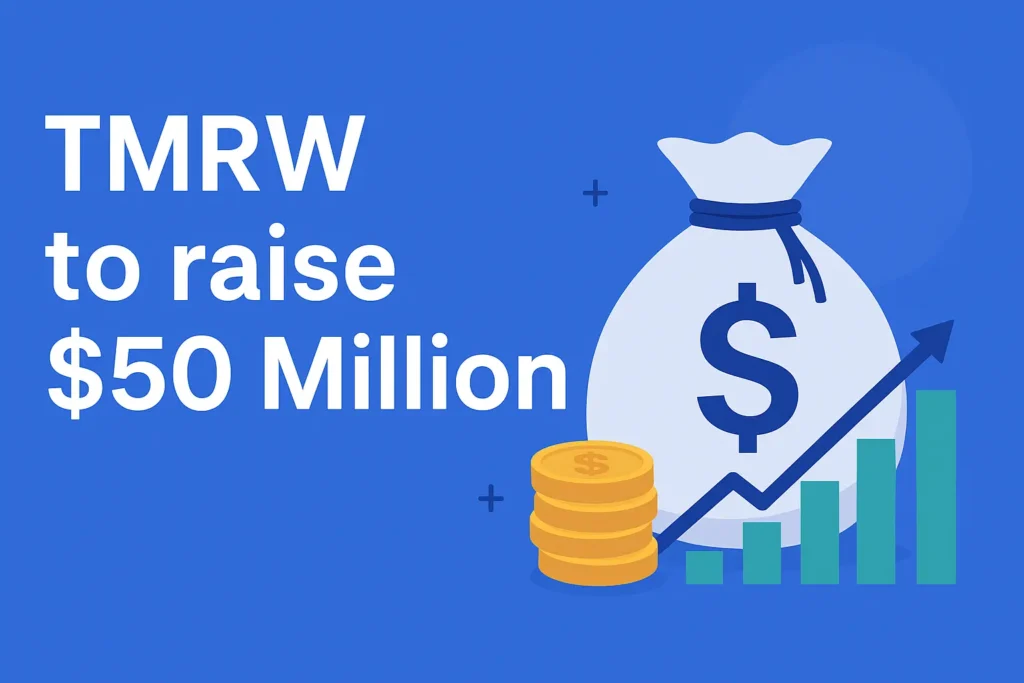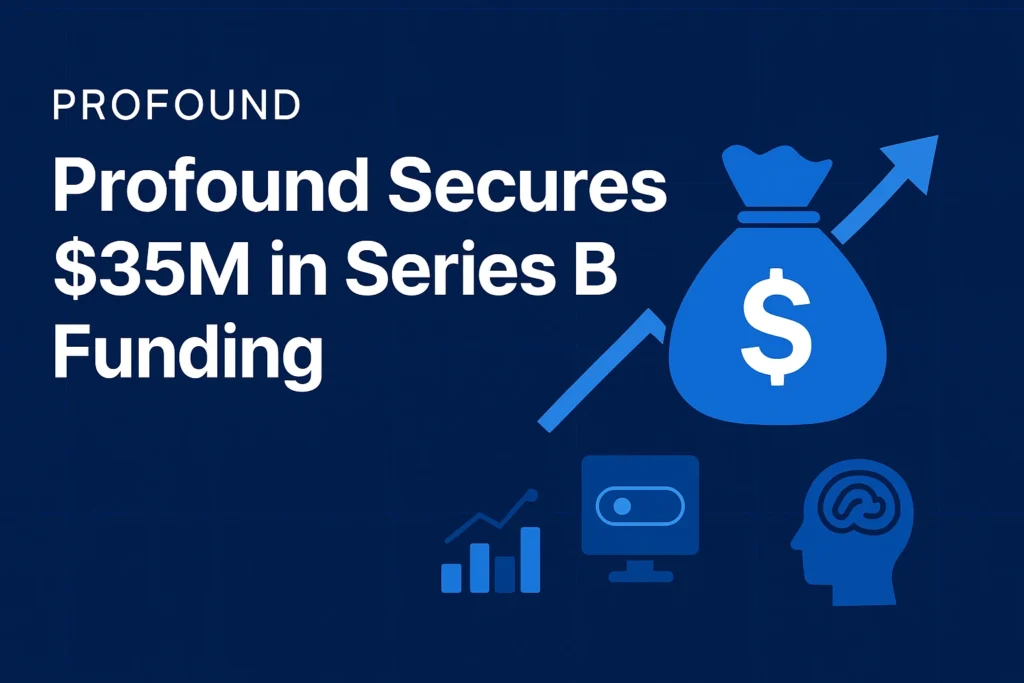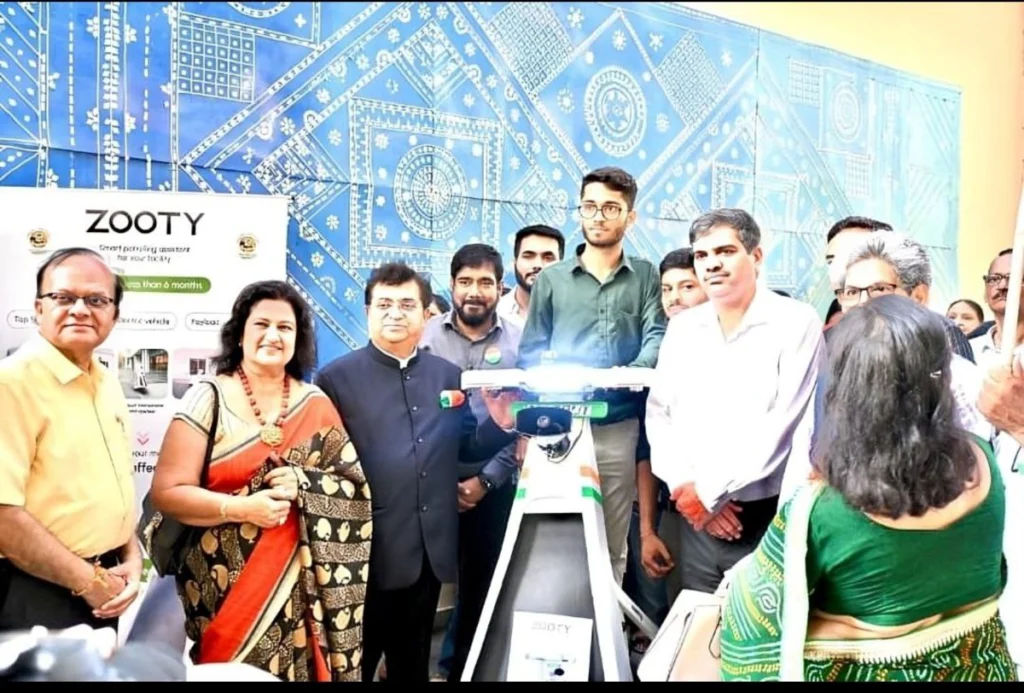VAMMO: A New Chapter in Urban Mobility
Vammo a Brazilian mobility startup announced a Series B round of US $45 million In late October 2025, , led by Ecosystem Integrity Fund (EIF) with participation from Construct Capital, Qualcomm Ventures, Monashees, Maniv Mobility and a syndicate of ex-Tesla executives. (LatamList)
Located in São Paulo, Vammo will use the capital to ramp up R&D on its hybrid-ethanol/electric motorcycle platform, expand manufacturing in Brazil’s Manaus free-trade zone, and scale battery-swap infrastructure across Latin America. (FinSMEs)
The move isn’t just a funding milestone—it signals that investors believe the next frontier of mobility lies in integrated hardware-software-energy systems, particularly in high-density urban corridors underserved by conventional EV infrastructure.
The Opportunity: Why Mobility Platforms Like Vammo Are Gaining Ground
Vammo can target Large urban centres in Latin America which presently severe logistics and mobility inefficiencies: congested streets, high-utilisation delivery fleets, aging vehicle stock, and weak charging infrastructure. Vammo’s model tackles this by offering an end-to-end ecosystem: e-motorcycles on subscription, proprietary battery-swap stations, IoT telematics, fleet servicing and financing bundled together. (LatamList)
Since its founding in 2022, Vammo has achieved 10× year-on-year growth and already serves 5,000 vehicles plus 150 swap-stations in São Paulo. (FinSMEs)
By focusing on delivery riders (e.g., Uber, 99, Rappi, iFood) who need fast turnaround and low operating cost, Vammo targets a segment where electrification yields immediate ROI. It blends hardware manufacturing (bikes, battery systems), infrastructure (swap stations), and software analytics—making the offering sticky and differentiated.
Critically, as Brazil and other LATAM markets push toward decarbonising logistics and supporting EV supply-chains, Vammo’s local manufacturing plans (R$ 500 million investment announced) position it to capture benefits of policy tailwinds. (FinSMEs)
This convergence of high-utilisation vehicles + need for low-carbon logistics + infrastructure gap = a massive addressable market moving beyond simple consumer EVs.
Performance & Traction: Where Vammo Stands
The US $45 million Series B marks a notable step for Vammo, signalling improved investor confidence following an earlier Series A. (FinSMEs)
With operations live, manufacturing underway in Manaus, and active deployments in São Paulo, Vammo is no longer concept-stage—it’s scaling.
The firm’s strategy acknowledges: hardware + infrastructure + software = integrated platform play. By owning the battery-swap network and linking to fleet subscription models, Vammo creates recurring revenue and higher barriers for competitors.
Though profitability is still ahead, the growth trajectory and capital backing show that Vammo is in the “scale-phase” of industrial-tech deployment, not early exploratory startup.
Why This Matters For Mobility & Clean-Energy Infrastructure
Vammo’s raise is emblematic of a broader shift: hardware-led platforms in mobility are no longer just about vehicle sales—they are about ecosystems, energy assets, subscriptions, data, and fleet performance.
Just like in the AI-video world where production bottlenecks get eliminated, here the bottlenecks are: charging downtime, fragmented vehicle financing, maintenance complexity, local manufacturing, and grid constraints.
The company aims to eliminate those by standardising battery swap, service, and data insights for high-usage two-wheel fleets.
For enterprise mobility, the new era is about software-defined physical systems rather than just “electric vehicles”. The company’s raise signals that VCs believe in this integrated model—and that Latin America is no longer a fringe market but one ripe for infrastructure-driven scaling.
Risks & Challenges Ahead
As with any mobility hardware/infrastructure play, Vammo faces meaningful risks:
- Manufacturing scale-up in Brazil has supply-chain, labour, regulatory risks; ramping to full-capacity is capital-intensive.
- Battery-swap infrastructure requires geographic density and high utilisation; if vehicle volumes lag, economics get challenged.
- Competition from global EV players, local incumbents, and alternative fuel solutions could compress margins.
- Local macro-and regulatory risk: exchange rates, vehicle subsidies, incentives, energy-policy shifts all matter in Latin America.
Investors will be watching whether Vammo can translate growth into operational excellence and profitability rather than just top-line expansion.
The Big Takeaway
The company’s US $45 million Series B is more than just another capital raise—it’s a signal that mobility infrastructure platforms in emerging markets are gaining serious investor traction. The company blends hardware manufacturing, battery-swap infrastructure, fleet subscription economics and software insights in a high-utilisation delivery vehicle ecosystem.
For entrepreneurs and investors, this shows the pattern: the next wave isn’t simply “build an electric vehicle” – it’s build the system around the vehicle (energy, infrastructure, services) and scale it in high-demand geographies. its path in Brazil and Latin America may well become a blueprint for similar plays in Southeast Asia, Africa or India.
If execution holds, The company could become one of the foundational mobility-infrastructure providers in Latin America—much like platforms in other domains that removed bottlenecks and scaled globally.
Ultimately, the raise underscores that integration, scale, hardware + software synergy, and emerging-market infrastructure gaps are the kinds of characteristics investors are betting on today.
I’m Araib Khan, an author at Startups Union, where I share insights on entrepreneurship, innovation, and business growth. This role helps me enhance my credibility, connect with professionals, and contribute to impactful ideas within the global startup ecosystem.
